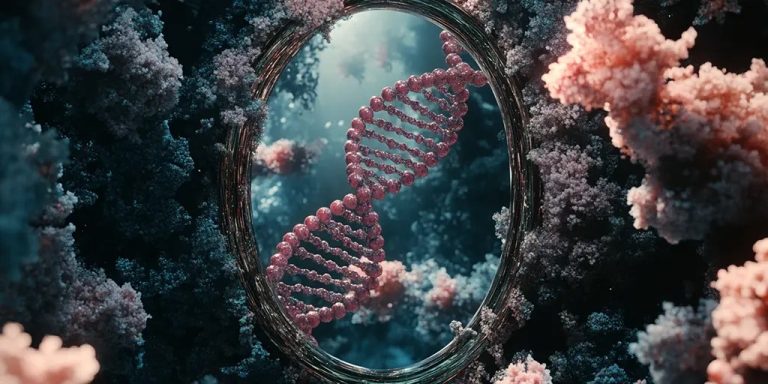Recently published discussion papers science Adamara et al. Examines an emerging frontier in synthetic biology: the creation of “mirror life.” The concept involves organisms composed entirely of mirror-image biomolecules, as opposed to the homochirality seen in all known life. While the field holds tantalizing possibilities, the paper paints a sobering picture of the dangers that could be unleashed on life.
What is mirror life?
In biological terms, “chirality” refers to the handedness of a molecule, similar to how our left and right hands are mirror images but cannot overlap. In nature, life is homochiral – DNA and RNA are right-handed, while proteins are left-handed. However, scientists are about to be able to synthesize entire organisms composed of molecules with reverse chirality. These mirror creatures, if realized, would operate entirely outside the framework of Earth's biological ecosystem.
The charm of mirror life
The potential applications are huge. Mirror-image molecules resist degradation and immune responses, opening up the possibility of longer-lasting drugs and innovative therapies. They can also aid basic research and provide insights into the origins of life. However, as the paper highlights, the creation of mirror creatures goes far beyond these applications and could have unforeseen consequences.
Pandora's Box of Danger
The discussion paper highlights several key risks posed by mirror life, and mirror bacteria in particular. The author wrote:
“Our analysis suggests that mirror-image bacteria may evade many immune mechanisms mediated by chiral molecules, potentially causing fatal infections in humans, animals and plants. They may evade predation by naturally chiral phages and many other predators, thus Facilitate spread in the environment.
In addition, the paper also highlights the invasion potential of mirror organisms:
“We cannot rule out a scenario in which mirror bacteria act as invasive species in many ecosystems, causing widespread fatal infections in most animal and plant species, including humans. Even mirror bacteria with a narrow host range can only invade limited ecosystems Bacteria may still cause unprecedented and irreversible harm.
The authors expressed particular concern about the ability of mirror-image bacteria to bypass natural containment mechanisms, stating:
“Biocontainment and biosecurity methods may be proposed to reduce these risks.
…
However, it is possible to escape these protective measures through evolution or human error. Multiple nutritional deficiencies reduce but do not eliminate the chance of escape.
Why pursue it?
Despite the alarming risks, the benefits of creating mirror creatures appear to be relatively limited. Alternative approaches already allow the production of mirror biomolecules for therapeutic and scientific purposes without the need to construct living mirror cells. As the author says:
“The foreseeable benefits of creating mirror-image bacteria are limited. Mirror-image biomolecules have scientific and potential therapeutic applications worth pursuing; however, although mirror-image bacteria appear to help make them, such molecules can be made in other ways.
Call for prevention
Adamara et al. Several emergency measures are proposed:
- Research aimed at creating mirror creatures is prohibited.
- Strengthen supervision and supervision of enabling technologies.
- Monitor the procurement of materials necessary for the synthesis of mirror image molecules.
- Convene global discussions to coordinate governance strategies.
The document concludes with a call to action:
“Unless compelling evidence emerges that mirror life poses no unusual danger, we believe that mirror bacteria and other mirror organisms, even those with engineered biological containment measures, should not be created. Therefore, we recommend a ban Research with the goal of creating mirror-image bacteria, and funders have made it clear they will not support such work.
A responsible way forward
The study of mirror life epitomizes the dual-use dilemma of science and technology—technological progress brings benefits but also serious risks. As we near the realization of this life form, the choices we make now will determine whether we protect the planet or trigger a dangerous biological revolution.
This discussion paper is more than a warning; This is a call for global vision and action. The stakes are high and now is the time to act.
H/T Roger Pierke Jr.
Relevant
